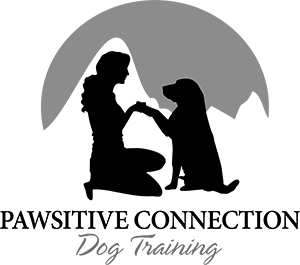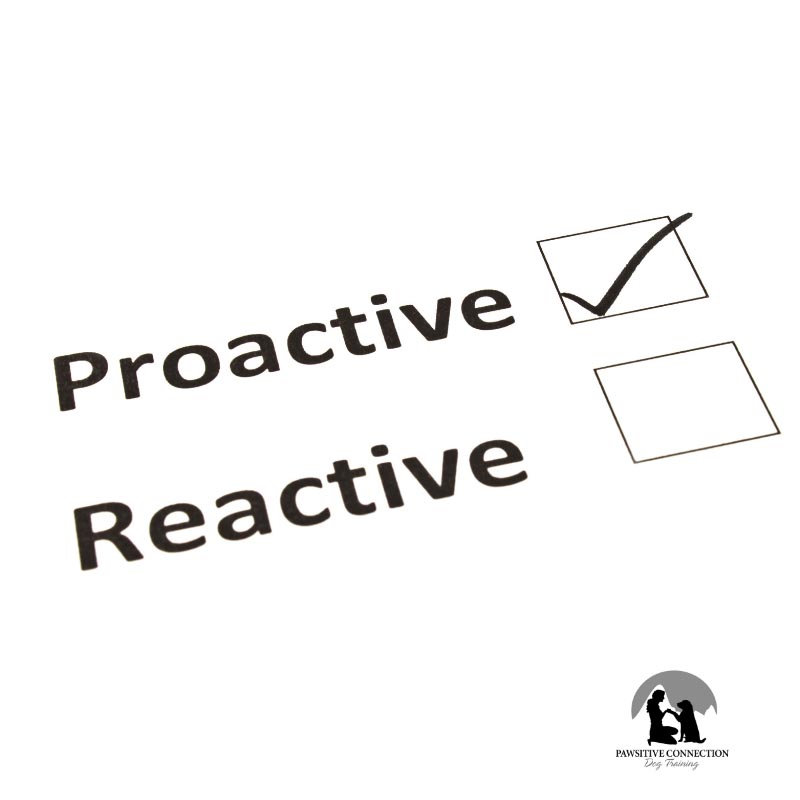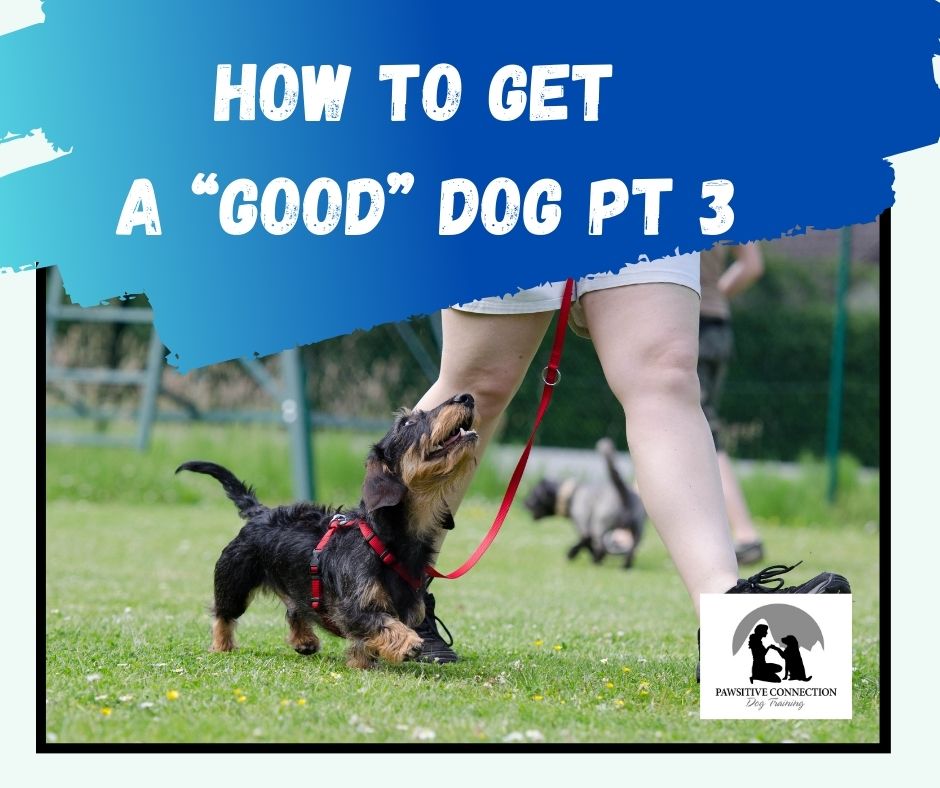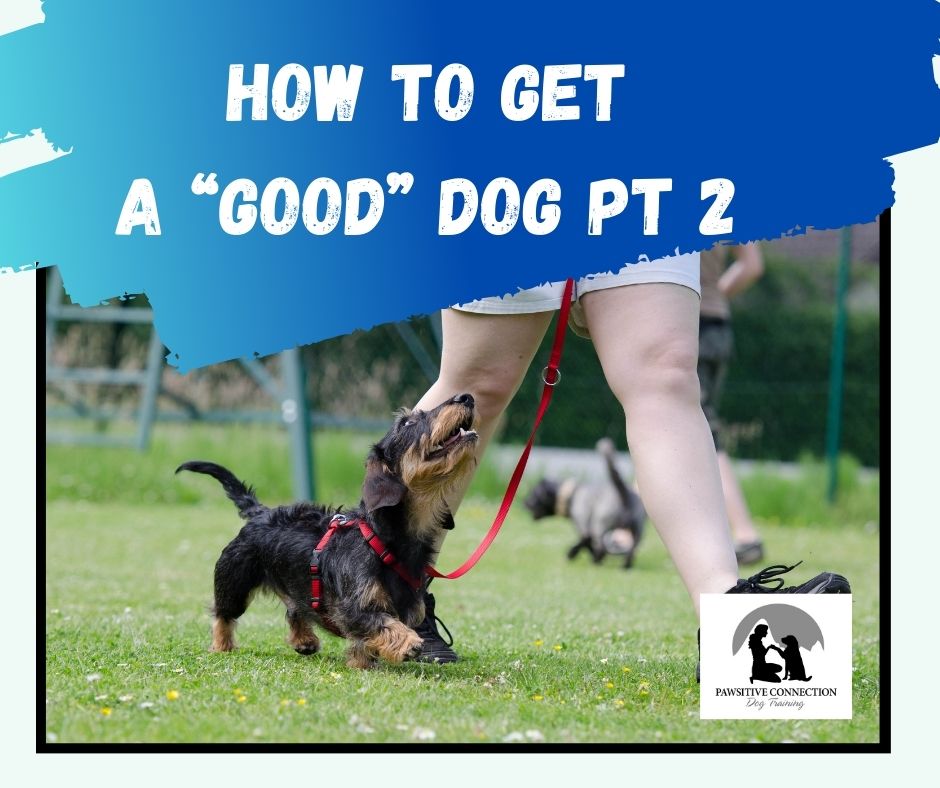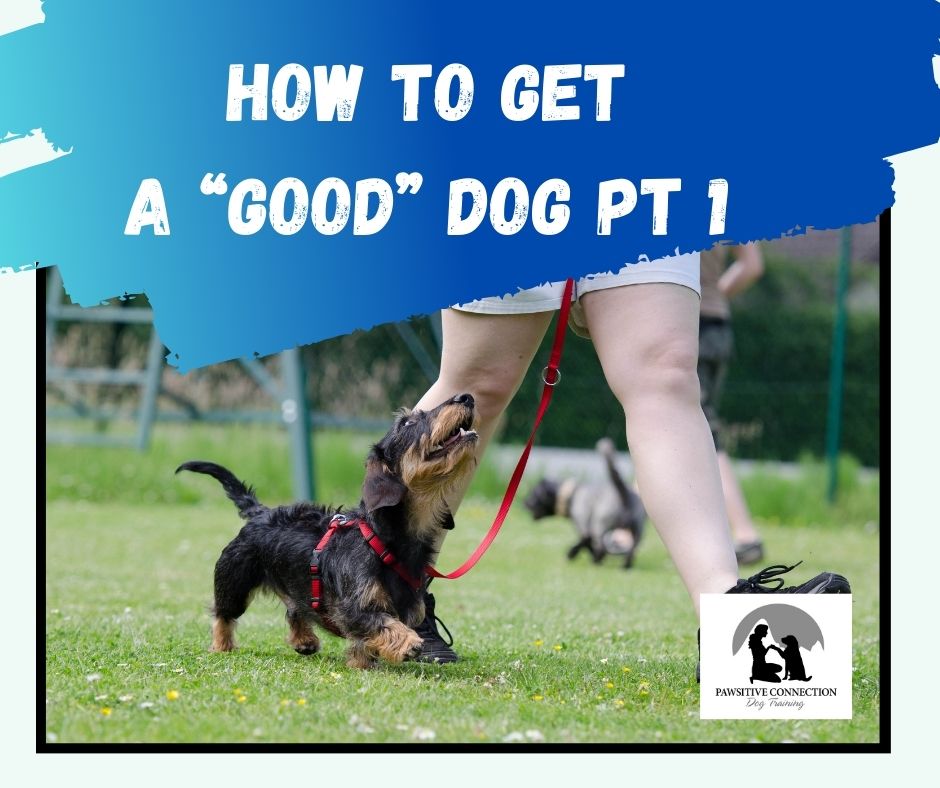First, do you even have a reactive dog? The definition of a reactive dog is one who barks, lunges and/or growls while on leash. Sound familiar? Keep reading to find out three very helpful tips to help you and your dog have more peaceful walks.
#1: Lose the Opportunity
Think of your dog’s behavior as a muscle. For fun, let’s say your dog’s behavior is a bicep. Let’s pretend every time your dog barks, lunges or growls is a bicep curl. If you keep doing bicep curls, your bicep will get stronger and stronger. If you do not do any bicep curls, your muscle becomes very weak. So, lose the opportunity for your dog to erupt because, when they do, the behavior gets stronger. The more they practice a behavior, the better they become at the behavior. This just so happens to be one behavior we would NOT like them to have. So, how do you lose the opportunity for them to practice? Here are some examples;
- Privacy fence. If you can not afford a privacy fence, use a screen to block your dog’s view of the outside world passing by.
- Use baby gates to block access to windows facing the street if your dog reacts to people walking by.
- Take your dog for walks during times others aren’t taking their dogs. You can refer to yourself by a catchy alias like “Midnight Walker.”
- If you are out and about and you see another dog or person or whatever it is that makes your dog erupt, turn quickly and get the heck out of there! The further you are from the scary thing, the less likely your dog is to bark, lunge and growl.
#2 Break Eye Contact
If a dog holds a stare, it is NOT a good thing! Dogs who mean no harm will divert their eyes elsewhere to ensure the other dog does not feel threatened. If a dog holds a stare, you can bet a bark, lunge or growl will soon follow. If on walks your dog sees another dog, you can calm the situation by getting your dog to look back at you. Once you have their attention, find a way out and go there! To get their attention, play the “Name Game” as demonstrated in the video below. First play in the house. Then play in the front yard. Then play out and about. Make it more challenging over time, but if your dog can not look at you on the first call, you have gone too far, too fast. Back up a step and get that head turning back to look at you once again.
#3 They are Good Dogs with Bad Behavior
It is important to keep your head on straight. Always remember, your dog does not think like you. Their barking, lunging and growling is not premediated or vindictive. They are most likely scared! If your dog erupts, don’t immediately get angry and yell. Mentally ask yourself, “How can I help? What can I do in this situation to support my dog?” Petting your dog and comforting them will NOT fuel or reinforce their reactivity. There is absolutely NO scientific evidence to support this notion. Please DO comfort your dog. Wouldn’t you want comfort when scared? Wouldn’t you want help? I thought so. If at all possible, get your dog out of the situation FAST.
Reactive dogs are really great pups. They simply did not receive proper socialization when they needed it, that being before 20 weeks of age. These pups can make great strides, but it does take patience and often professional help. Please don’t hesitate to enroll in Reactive Rover. This class is specifically designed for your baby. In the meantime, practice these three powerful tips and find all the GOOD things your pup can do and REWARD!
